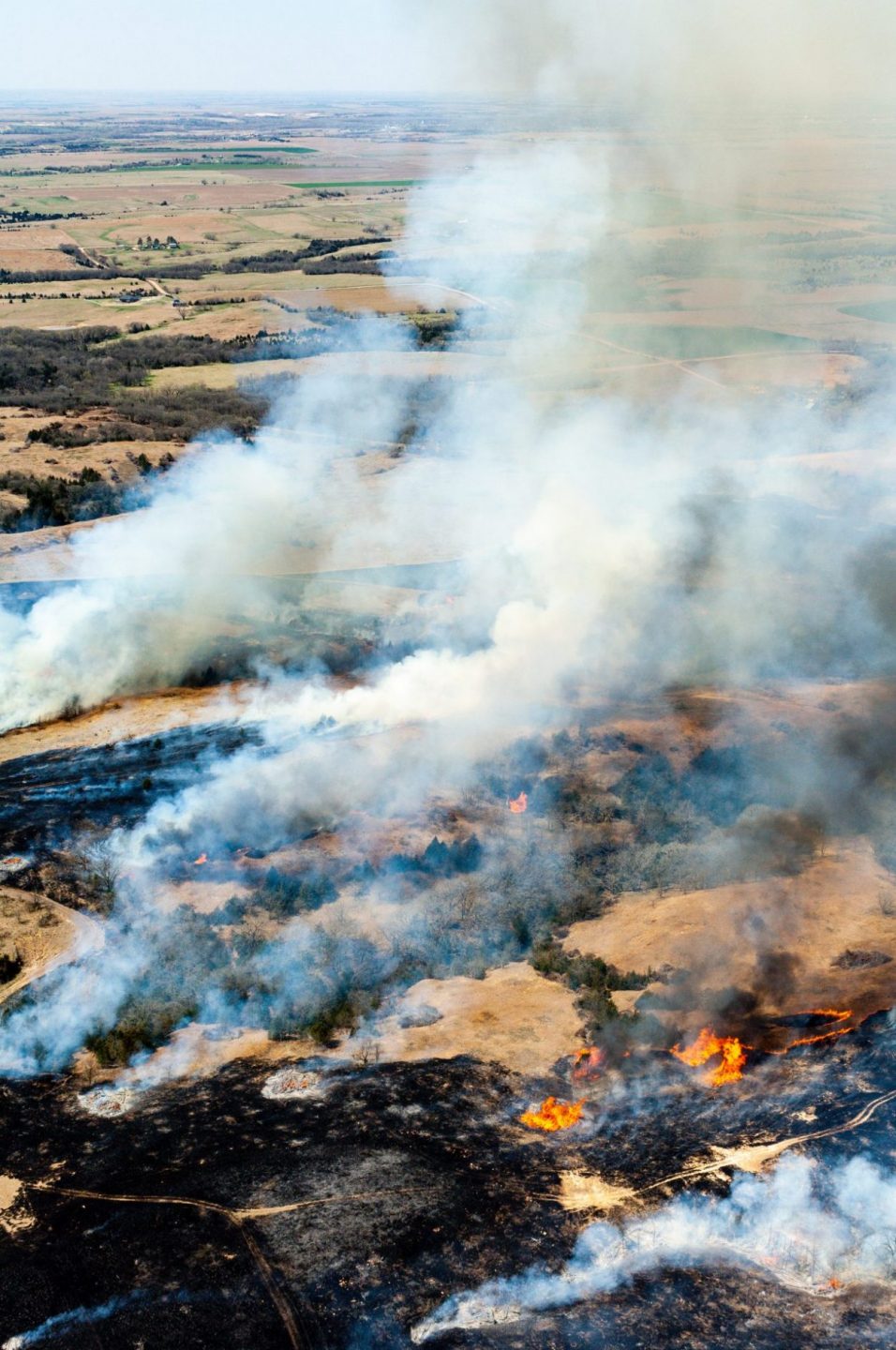
By Renae Blum
For decades, mechanical removal has been a key strategy to control eastern redcedar, an invasive species sweeping north across the Great Plains. But new research from the University of Nebraska-Lincoln indicates that this method isn’t as successful as previously expected.
Eastern redcedar moves aggressively, with the ability to convert open grasslands to woodland in as little as 40 years, and it’s happening on a large scale. Our current strategies aren’t keeping pace with the rate of invasion, said Dillon Fogarty, a UN-L Ph.D. student studying cedar invasion.
“Large investments have been put into mechanical removal, but it hasn’t halted encroachment in Nebraska, let alone reversed trends,” Fogarty said. “This species is continuing to spread rapidly, putting Nebraska’s grasslands at risk.”
Part of the issue, Fogarty said, is that mechanical removal is a reactive method, not a preventative one. Typically, large trees are removed with mechanical treatments, which means these treatments are used in places where invasion has already become a problem. Meanwhile, redcedar continues to move unchecked into previously intact grasslands.
It’s also expensive: mechanical removal can cost up to $150 per acre in the Sandhills, the equivalent of $150,000 to treat just 1,000 acres. Costs are even higher in regions where more trees are established. For example, costs of $1,000 per acre are now common in regions of Kansas.
“Simply put, mechanical treatments alone are too expensive to confront the problem at a large scale and over a long period of time,” Fogarty said.
An alternative strategy that landowners can incorporate into their management plan is prescribed fire, Fogarty said. It’s cost-effective and can be used to target all stages of redcedar invasion, from seeds to seedlings, small trees and large trees. Because of this, prescribed burns can be used to stop invasion before it becomes a problem, as well as restore grasslands after invasion, Fogarty said.
And contrary to popular opinion, it’s relatively safe to use compared to mechanical treatments. To compare levels of risk between mechanical tree removal and prescribed fire, researchers looked at fatality rates in proxy occupations such as logging and firefighting. Firefighting was the least risky, even considering that most of the fatalities were caused by unplanned fires and not prescribed fires. On the other hand, occupations like logging and crop production were associated with greater risks of fatality.
People also tend to conflate the dangers of wildfires and prescribed burns as if they are the same, Fogarty said, but science doesn’t support this: Studies show that wildfire-related fatalities exceed those resulting from prescribed fires by 3,350 percent.
Prescribed burns do carry the risk of fires escaping, but research shows that this happens in less than 1 percent of cases, he said.
Mechanical treatments definitely have their time and place, Fogarty said, but a variety of strategic management approaches are needed.
“To defend our grasslands, we need land management strategies that incorporate preventative methods such as prescribed fire,” Fogarty said. “In regions that are successfully confronting invasion and defending grasslands, prescribed fire is a strong component of their management plans.”
To learn more, consider joining your local prescribed burn association or attending prescribed fire workshops led by Pheasants Forever and the Nebraska Game and Parks Commission.
